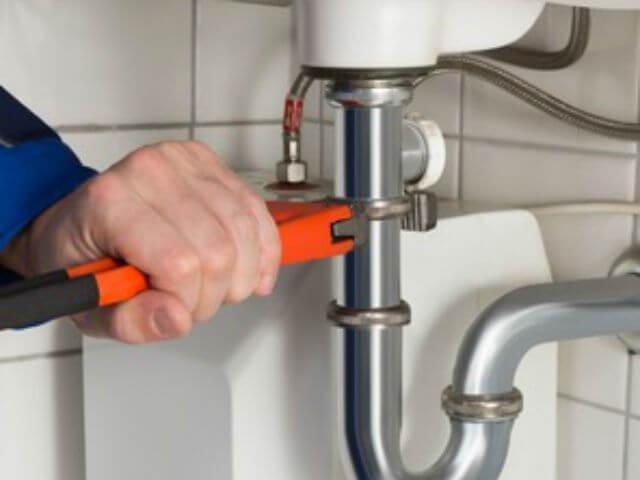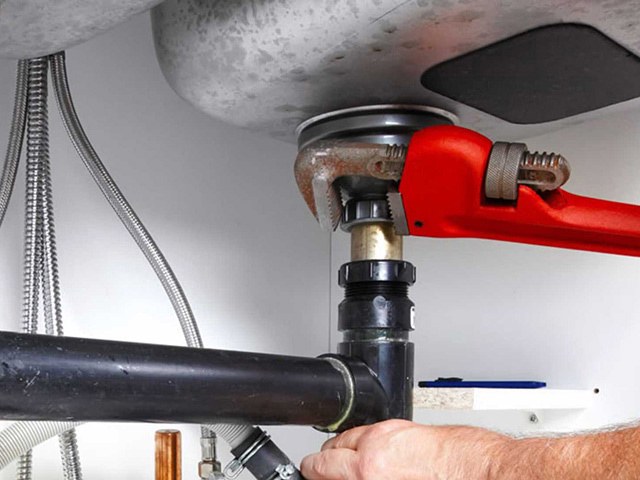In an era where environmental consciousness is becoming increasingly crucial, every aspect of our lives is under scrutiny for its impact on the planet. Plumbing, a fundamental component of our homes, is no exception. The conventional plumbing practices of yesteryears are evolving into a more sustainable and eco-friendly approach, aptly termed “Green Plumbing.”
Understanding Green Plumbing
Green plumbing is a holistic approach that focuses on reducing the environmental footprint of plumbing systems. From water conservation to energy efficiency, green plumbing adopts practices that promote sustainability and minimize the negative impact on the environment. Let’s delve into some key aspects of green plumbing and how you can incorporate these environmentally friendly practices into your home.
1. Water-Efficient Fixtures
One of the primary tenets of green plumbing is the installation of water-efficient fixtures. Low-flow toilets, faucets, and showerheads are designed to consume significantly less water without compromising functionality. Upgrading to these fixtures not only conserves water but also reduces your water bills, making it a win-win for both your wallet and the environment.
2. Rainwater Harvesting Systems
Harnessing the power of nature, rainwater harvesting systems collect and store rainwater for later use. This not only reduces your reliance on traditional water sources but also provides a sustainable alternative for activities like watering your garden. By integrating rainwater harvesting into your plumbing system, you contribute to water conservation and minimize the strain on local water supplies.
3. Energy-Efficient Water Heaters
Traditional water heaters can be energy hogs, consuming a substantial amount of electricity or gas. Green plumbing recommends the use of energy-efficient water heaters, such as tankless or solar-powered systems. These alternatives not only save energy but also translate into lower utility bills and a reduced carbon footprint.
4. Eco-Friendly Pipe Materials
Choosing the right materials for your plumbing pipes is another crucial aspect of green plumbing. Opting for eco-friendly materials like recycled steel, copper, or even sustainable plastics ensures that your plumbing system is not only durable but also environmentally responsible. By avoiding materials that contribute to pollution or excessive resource consumption, you actively contribute to a greener planet.

5. Regular Maintenance for Leak Prevention
Addressing leaks promptly is a cornerstone of green plumbing. Even a minor leak can result in significant water wastage over time. Regular inspections and maintenance help identify and fix leaks before they become major issues. Not only does this practice save water, but it also prevents potential damage to your property. For additional tips and ideas about plumbing, you can visit abacusplumbing.com/plumbing/repiping-services-austin/ to learn more.
Conclusion
Embracing green plumbing practices is not just a trend; it’s a responsible choice that benefits both the planet and your household. By adopting water-efficient fixtures, harvesting rainwater, using energy-efficient water heaters, choosing eco-friendly pipe materials, and maintaining your plumbing system, you actively contribute to a sustainable future.
In conclusion, incorporating green plumbing into your home is a step towards creating an environmentally friendly living space. By making informed choices and embracing these practices, you become a part of the global movement towards sustainability.


